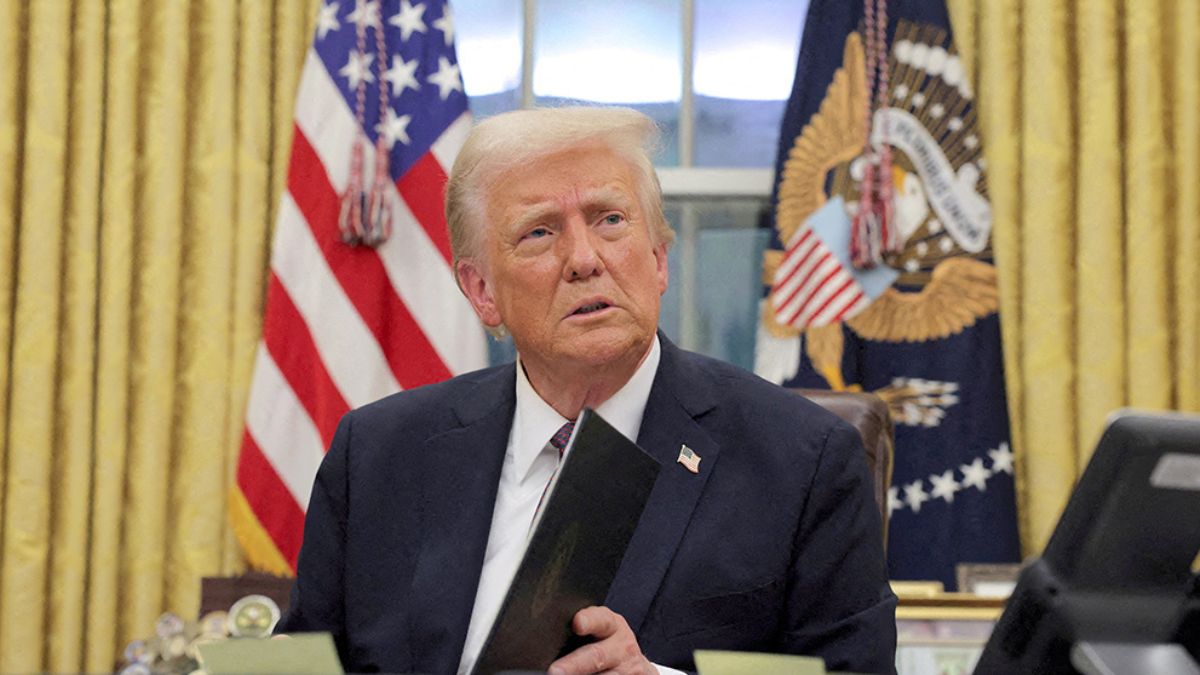President Donald Trump has long branded himself as the champion of American coal—an industry he’s vowed to “reinvigorate” since his first campaign. Yet recent policy shifts and administrative actions have stirred confusion and concern among coal miners and their communities, raising questions about where the administration truly stands on coal mining.
A Vocal Advocate for Coal but What About the Miners?
Since 2016, Trump has made coal central to his energy independence narrative. His repeated promises to bring back mining jobs and restore coal’s “glory days” have resonated in Appalachia and beyond. Mining-heavy regions, including large swaths of Pennsylvania, delivered votes in both the 2016 and 2024 elections, signaling faith in Trump’s energy agenda.
But while his rhetoric remains strong, the actions from within his own administration paint a more complex picture.
The MSHA Shake-Up: Efficiency or Oversight Risk?
One of the more puzzling developments came when the Elon Musk-led Department of Government Efficiency targeted 34 Mine Safety and Health Administration (MSHA) offices for lease termination—including four in Pennsylvania. Among them was a vital office in Hempfield, which oversees mining safety not only in the Keystone State but across multiple regions.
Since its formation in 1977, MSHA has played a crucial role in reducing mining fatalities—from 242 deaths in 1978 to just 29 in 2022, an 88% drop. The potential closure of these offices raised alarms among safety advocates and industry insiders alike.
Though the offices were later removed from the lease termination list, neither MSHA nor the General Services Administration offered clarification. Was it a temporary reversal or a permanent shift? The silence leaves miners in limbo.
Executive Orders: Rebranding Coal, But At What Cost?
In April, Trump signed a bold executive order titled “Reinvigorating America’s Beautiful Clean Coal Industry.” The language was emblematic of Trump’s brand—assertive and appealing to legacy industry workers. Yet beneath the headline, the order introduced controversial changes, including reclassifying coal as a mineral, even though it’s geologically a sedimentary rock.
Why does that matter? Because under this classification, coal could qualify for fast-track permitting alongside critical minerals like uranium and rare earth elements—potentially increasing extraction but sidestepping certain environmental and safety reviews.
In the same month, MSHA announced a four-month delay in enforcing upgraded protections against silica dust, a known cause of silicosis, a debilitating and often fatal lung disease. This delay was met with criticism from worker advocates, who argue that safeguarding miners’ health should be a non-negotiable.
Steel, Coke, and Coal: A Fragile Triangle
Trump has also turned his attention to the steel industry, recently celebrating the Nippon Steel–U.S. Steel partnership. But there’s a critical catch: steelmaking requires metallurgical coal—a high-carbon form used to produce coke for blast furnaces.
Yet less than 10% of U.S. coal is metallurgical, according to the U.S. Energy Information Administration. This creates a supply challenge. If the administration wants to boost domestic steel, it must also ensure a robust supply chain for metallurgical coal—starting at the mine.
Without clarity on mining support and worker protections, the Trump economy may find itself at odds with its own industrial goals.
Power Words, Real Consequences
This isn’t just a story about coal. It’s about credibility, consistency, and the lives of real people. Trump’s coal narrative is potent—tied to identity, economic hope, and national pride. But policies that weaken safety enforcement or threaten local MSHA offices undermine that message.
If coal is to remain part of America’s energy and manufacturing backbone, then the miners behind the industry must be protected. That means investing in safety, clarifying policy, and listening to the people who power the machines and dig the seams.
Conclusion: A Coal Policy at a Crossroads
President Trump’s relationship with coal mining is deeply symbolic and strategically important. Yet the administration’s recent actions suggest a policy that’s torn between deregulation and worker safety, between efficiency and accountability.
Coal can’t be revived with executive orders alone. It requires coherent, science-backed policies that support not just production, but the people doing the work. If coal is indeed critical to Trump’s vision of American greatness, then miners must remain front and center not left in the dust.


